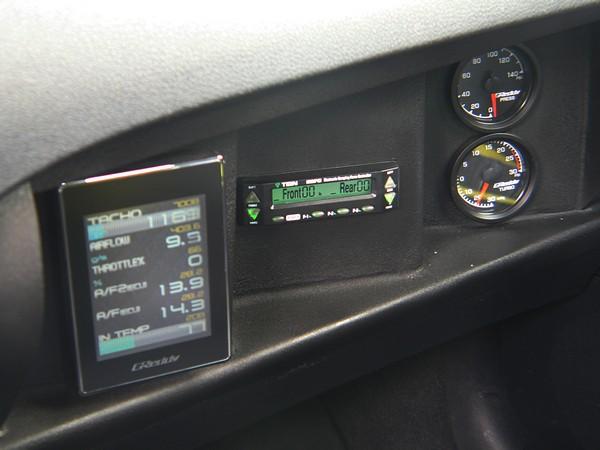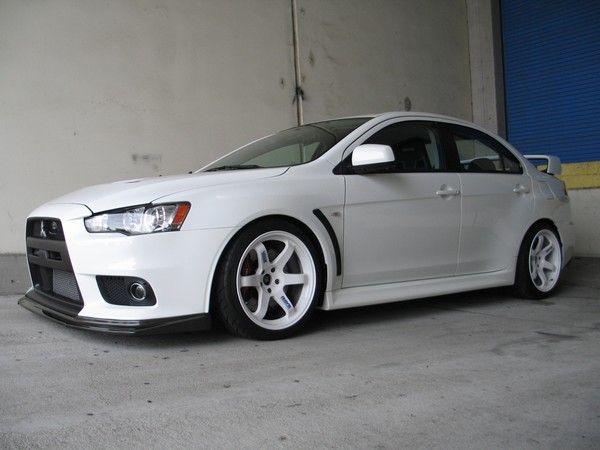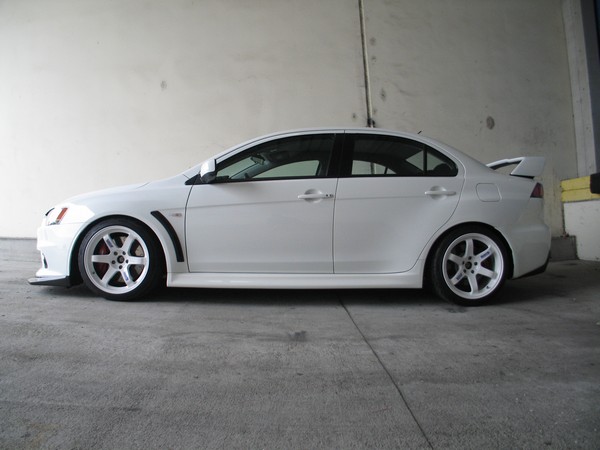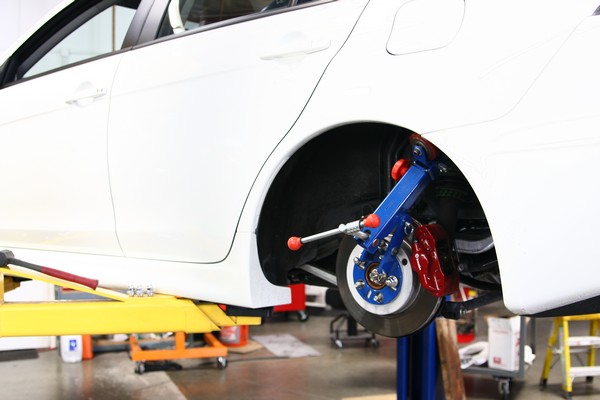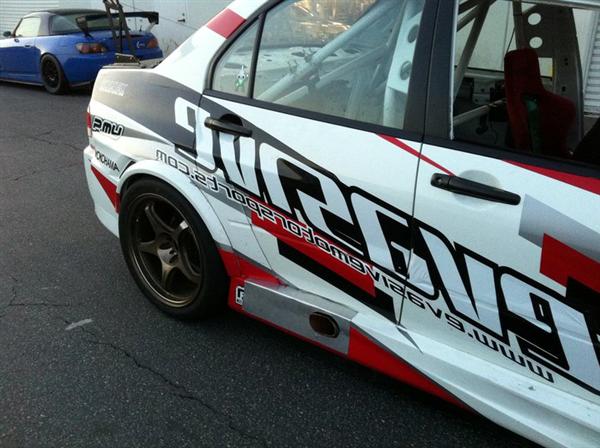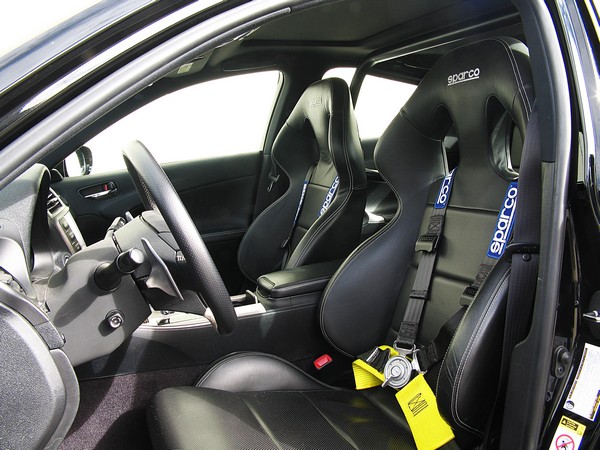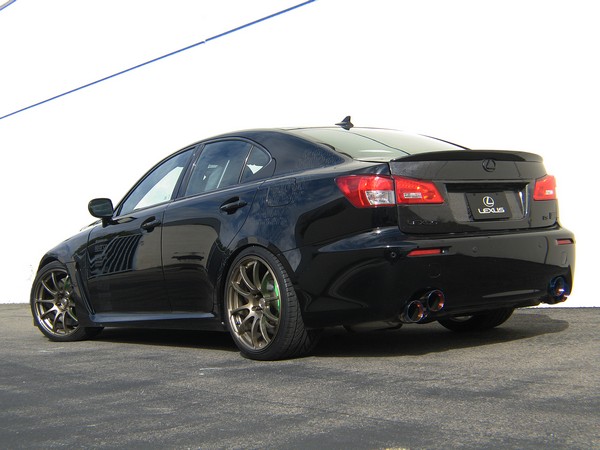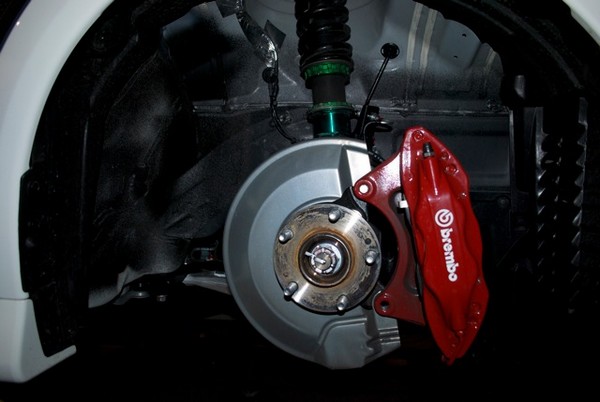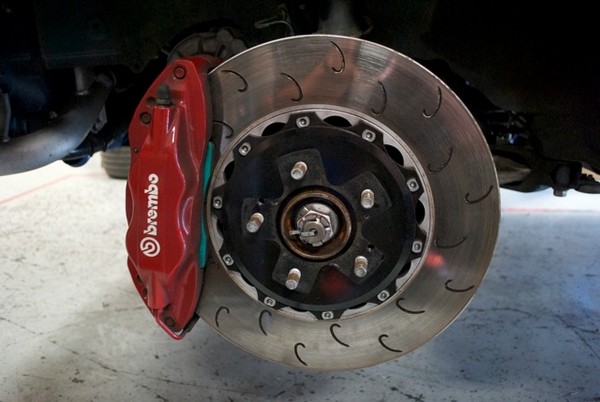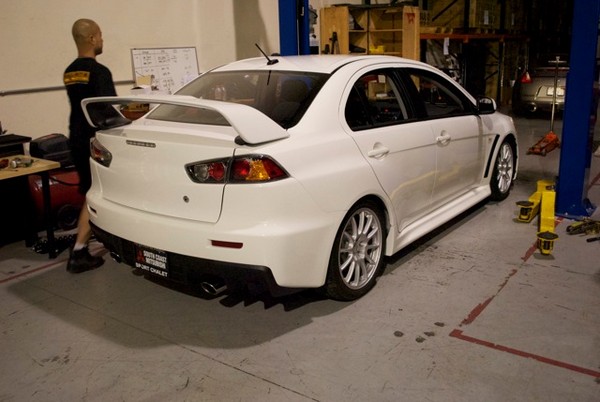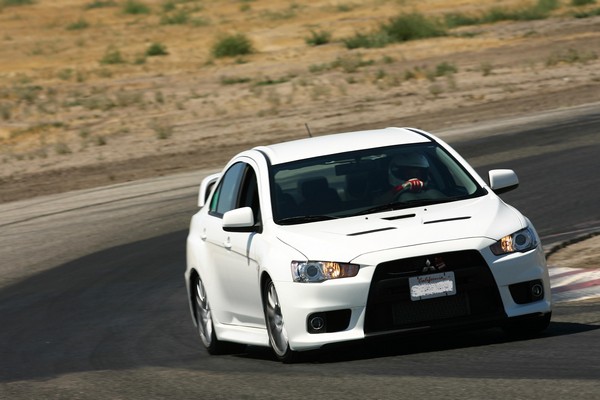Consumers sometimes question why TEIN does not make a true coil over shock design for the rear of some popular applications like 350Z, G35, RSX,’06+ Civic, FIT, BMW E36, E46, Mustang, etc… All these cars use a separate spring and shock design in the rear.
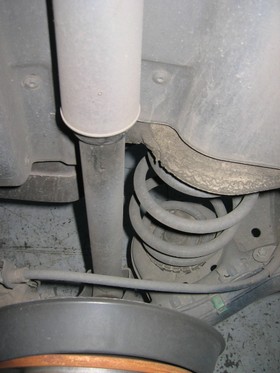
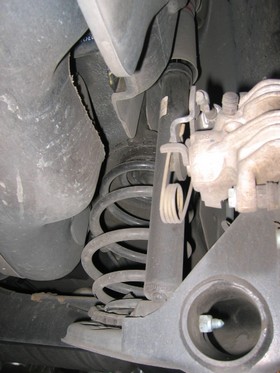
For these applications we have a H.A.S. (Height Adjustment System) which is a threaded sleeve that sits separately from the shock and still allows for ride height adjustment.
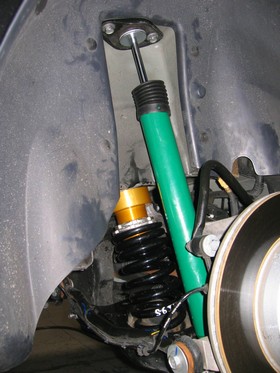

Some other smaller suspension companies may offer a true spring (coil) over shock design for the rears of these applications but let me tell you why TEIN does not.
TEIN engineers could easily make a spring over shock design and it would probably even be cheaper BUT this is not a SAFE choice.
First you have to understand the purpose of a spring versus shock/ strut.
Spring = controls weight, ride height
Shock/ Strut = controls speed of suspension movement
I am specifically talking about the separate spring and shock design here.
If we removed the shock and left the spring, the spring would still support the weight of the car. Now the car manufacturer reinforces the chassis where the spring is located because that area needs to support the weight car. The shock area does not need much reinforcement because it does not support much weight. Maybe it will be okay for a few months but what about 2 yrs, 5 yrs, 10 yrs?
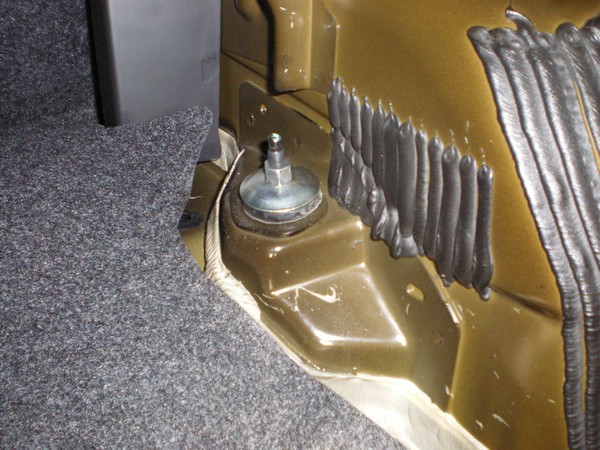
In this picture you can see the top of the shock for a vehicle that has a separate spring and shock design. There are not many welds or bracing in this area again because the manufacturer never intended it to support the vehicle’s weight.
Think about this. Vehicle manufacturers indicate specific pickup points when you jack up a car. One of the reasons for this is the floor of the car to too weak to support the weight of the vehicle. If you look under the car you will see that those specified pickup points have thicker reinforcing metal.
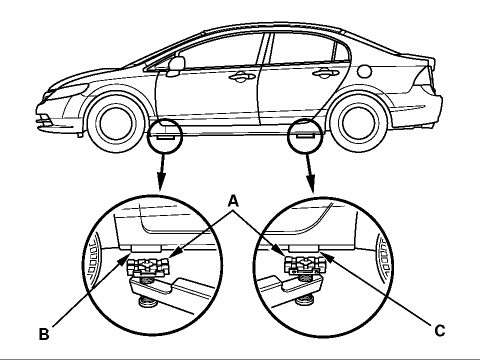
This probably looks familiar, a similar diagram is probably on a sticker or in the manual for every car.
Exceptions – TEIN has customized kits for certain customers and done away with the H.A.S. ONLY when the chassis has been reinforced at the shocks top mount. Usually this is done by adding another layer of steel to the chassis and a roll cage mounting point is nearby.
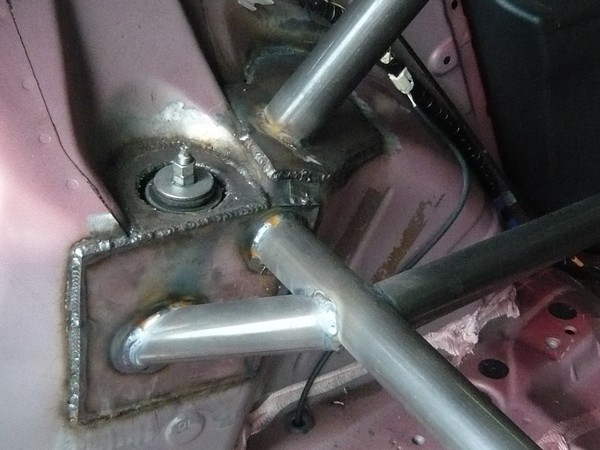
Normally this car uses a HAS design but with this type of reinforcement TEIN engineers have no worries converting it into a spring over shock type. You can see the added steel plating and roll cage all tied into the top mount of the suspension.


